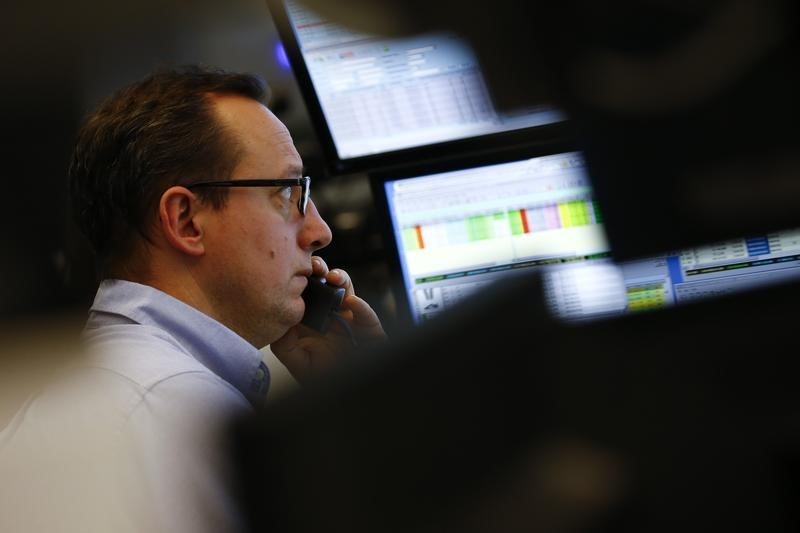Bullish positioning in S&P 500 rises ahead of FOMC rate decision, Citi says
Investing.com -- Bullish flows into S&P 500 futures gained momentum last week as the index recovered, Citi strategists revealed in a note published Monday, days ahead of the Federal Reserve’s much-anticipated dovish pivot.
Strategists noted that fresh risk flows are the primary driver of positioning in the S&P 500 , with notional positioning reaching levels not seen since late August.
“Current positioning risks are tilted towards S&P short positions, which are deeply in loss, however given the smaller position sizes, forced unwinds here are unlikely to drive material upward pressure,” strategists explained in the note.
Meanwhile, exposure to Nasdaq futures remained relatively steady, with investors cautiously increasing risk at a measured pace. A similar trend was seen in the broader Russell 2000 , where positioning is extended and skewed. Overall, changes in positioning were more limited across both indexes.
In Europe, positioning is more varied, with Euro Stoxx 50 futures hovering close to neutral, Citi notes.
“Although net notional levels suggest near average positioning, new long risk has been light with long positions currently at the 6th percentile, suggesting that growing investor confidence is not the main driver of the recently observed increase in net notional,” the note states.
Elsewhere, negative sentiment in China has intensified amid a worsening economic outlook.
Bearish positioning in the A50 is significantly extended, with short positions reaching the 86th percentile and profits elevated. This may prompt some near-term profit-taking, providing a temporary break from the bearish trend, however, the lack of new long flows in recent weeks points to persistent bearishness.
Japan’s Nikkei 225 closed the week slightly higher, but the positioning was mixed as opposing flows balanced each other out, keeping net notional positioning largely unchanged.
The Fed is expected to deliver its first interest rate cut in four years on Wednesday, a move with global implications.
While the exact size of the cut and the broader easing strategy remain uncertain, the upcoming U.S. election is another complicating factor for both global investors and policymakers, who are looking to the Fed for guidance and hoping for an economic soft landing.
Source: Investing.com
